Health Benefits of Sweet Potatoes
The Sweet Potato Products Market is experiencing a surge in demand due to the increasing awareness of health benefits associated with sweet potatoes. Rich in vitamins, minerals, and antioxidants, sweet potatoes are recognized for their potential to improve overall health. They are particularly noted for their high fiber content, which aids digestion and promotes gut health. As consumers become more health-conscious, the market for sweet potato products, including snacks and beverages, is likely to expand. Recent data indicates that the market for sweet potato-based products is projected to grow at a compound annual growth rate of approximately 5.5% over the next five years, reflecting a robust interest in nutritious food options.
Rising Popularity of Plant-Based Diets
The Sweet Potato Products Market is benefiting from the rising popularity of plant-based diets. As more individuals adopt vegetarian and vegan lifestyles, the demand for plant-based alternatives has increased significantly. Sweet potatoes serve as a versatile ingredient in various dishes, appealing to those seeking nutritious and sustainable food options. This trend is further supported by a growing body of research suggesting that plant-based diets can lead to improved health outcomes. The market for sweet potato products is expected to see a notable increase, with projections indicating that plant-based food sales could reach over 74 billion dollars by 2027, thereby enhancing the appeal of sweet potato products.
Sustainability and Environmental Concerns
The Sweet Potato Products Market is increasingly influenced by sustainability and environmental concerns. Consumers are becoming more aware of the ecological impact of their food choices, leading to a preference for sustainably sourced products. Sweet potatoes, often grown with fewer pesticides and fertilizers compared to other crops, align well with this consumer demand. The market is likely to see growth as brands emphasize sustainable farming practices and eco-friendly packaging. Recent surveys indicate that approximately 60% of consumers are willing to pay more for products that are environmentally friendly, suggesting a strong potential for sweet potato products that highlight their sustainable attributes.
Innovation in Sweet Potato Product Offerings
The Sweet Potato Products Market is witnessing a wave of innovation as manufacturers explore new product offerings. From sweet potato chips to frozen meals and even sweet potato flour, the variety of products available is expanding. This innovation is driven by consumer demand for convenience and unique flavors. Companies are increasingly experimenting with sweet potatoes in various culinary applications, which could lead to a broader market appeal. Data suggests that the snack segment, particularly sweet potato chips, is projected to grow significantly, with sales expected to exceed 1 billion dollars by 2026, indicating a promising future for innovative sweet potato products.
Increased Availability and Distribution Channels
The Sweet Potato Products Market is experiencing enhanced availability and distribution channels, which is likely to drive market growth. Retailers are increasingly recognizing the demand for sweet potato products and are expanding their offerings in stores. Additionally, the rise of e-commerce platforms has made it easier for consumers to access a variety of sweet potato products from the comfort of their homes. This increased accessibility is expected to attract a wider consumer base, including those who may not have previously considered sweet potato products. Recent statistics show that online grocery sales have surged, with projections indicating that e-commerce will account for a significant portion of food sales in the coming years, further benefiting the sweet potato market.


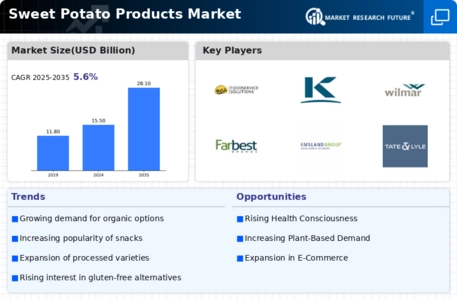
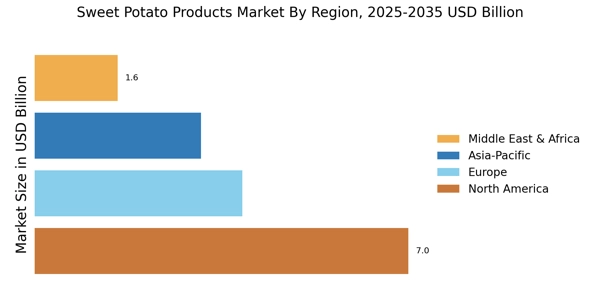
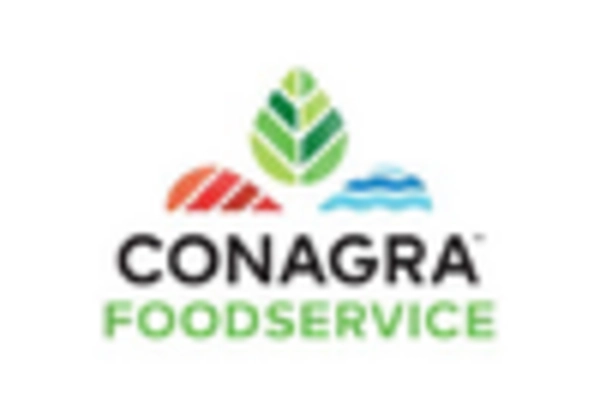

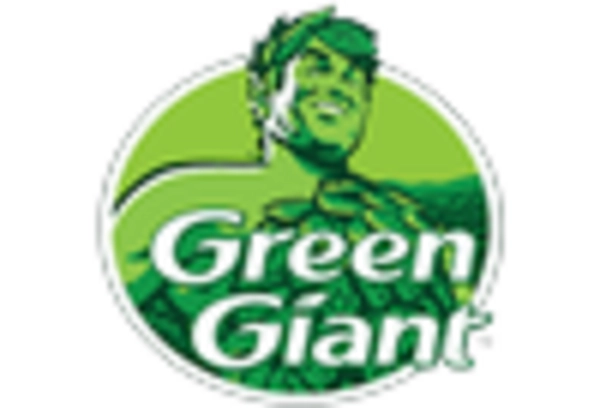
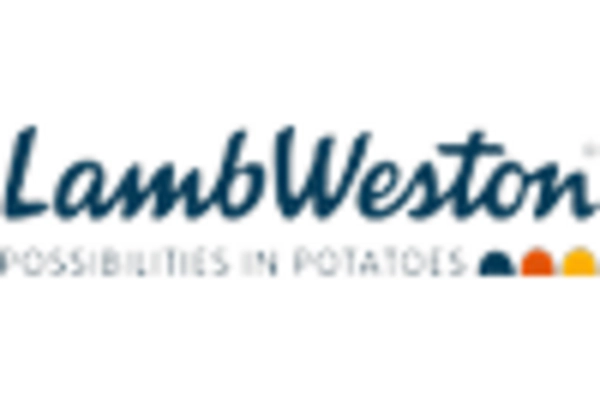
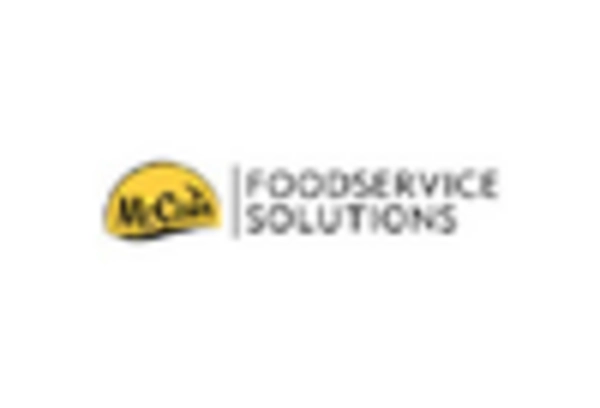









Leave a Comment